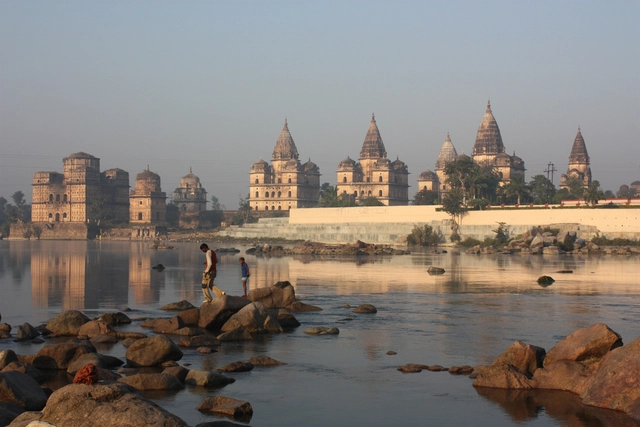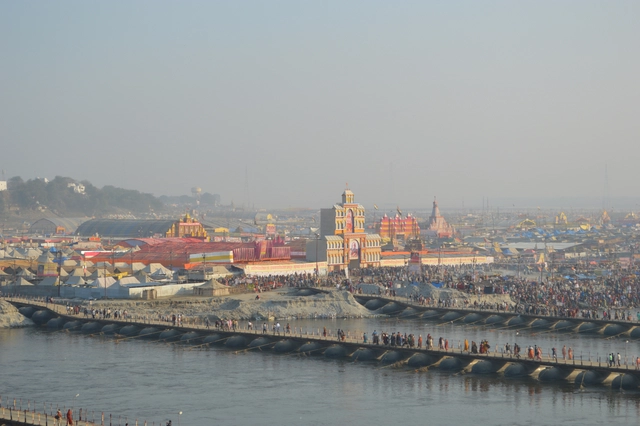
Against the backdrop of an ever-increasing number of its farmers committing suicides, and its cities crumbling under intensifying pressure on their water resources—owing to their rapidly growing populations—India has revived its incredibly ambitious Interlinking of Rivers (ILR) project which aims to create a nation-wide water-grid twice the length of the Nile. The $168 billion project, first envisioned almost four decades ago, entails the linkage of thirty-seven of the country’s rivers through the construction of thirty canals and three-thousand water reservoirs. The chief objective is to address India’s regional inequity in water availability: 174 billion cubic meters of water is proposed to be transported across river basins, from potentially water-surplus to water-deficit areas.
The project is presented by the Indian government as the only realistic means to increase the country’s irrigation potential and per-capita water storage capacity. However, it raises ecological concerns of gargantuan proportions: 104,000 hectares of forest land will be affected, leading to the desecration of natural ecosystems. Experts in hydrology also question the scientific basis of treating rivers as “mere conduits of water.” Furthermore, the fear of large-scale involuntary human displacement—an estimated 1.5 million people—likely to be caused by the formation of water reservoirs is starting to materialize into a popular uprising.










